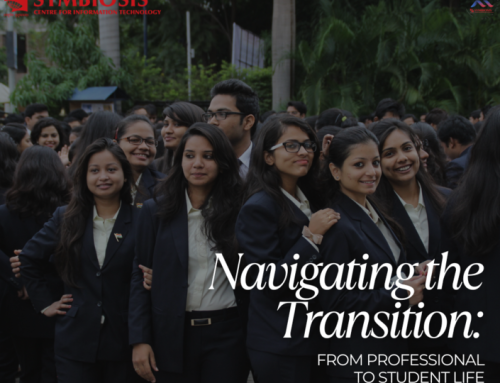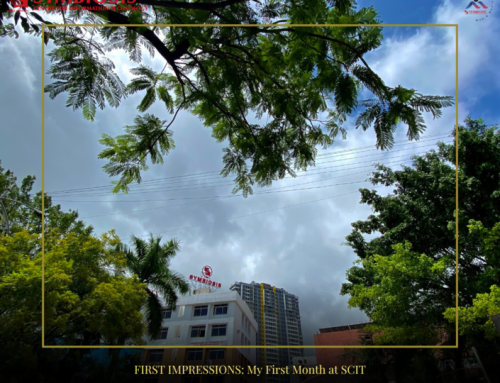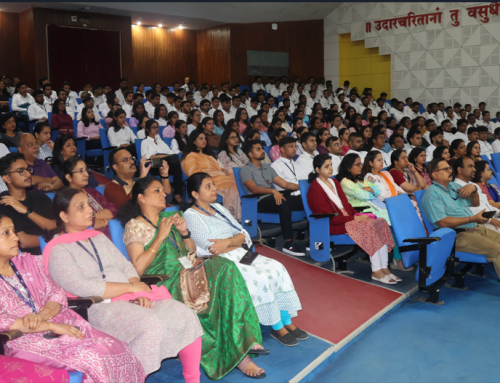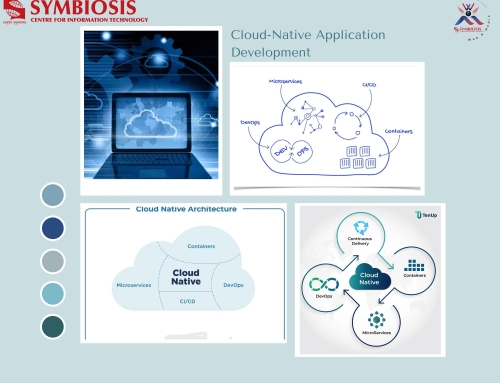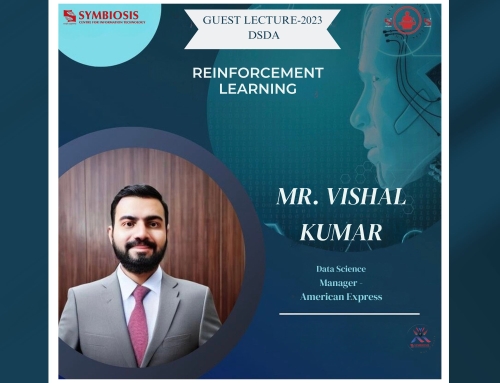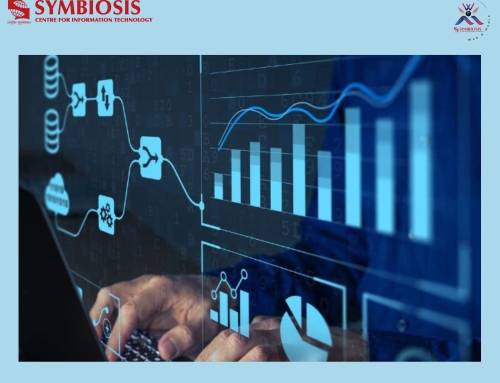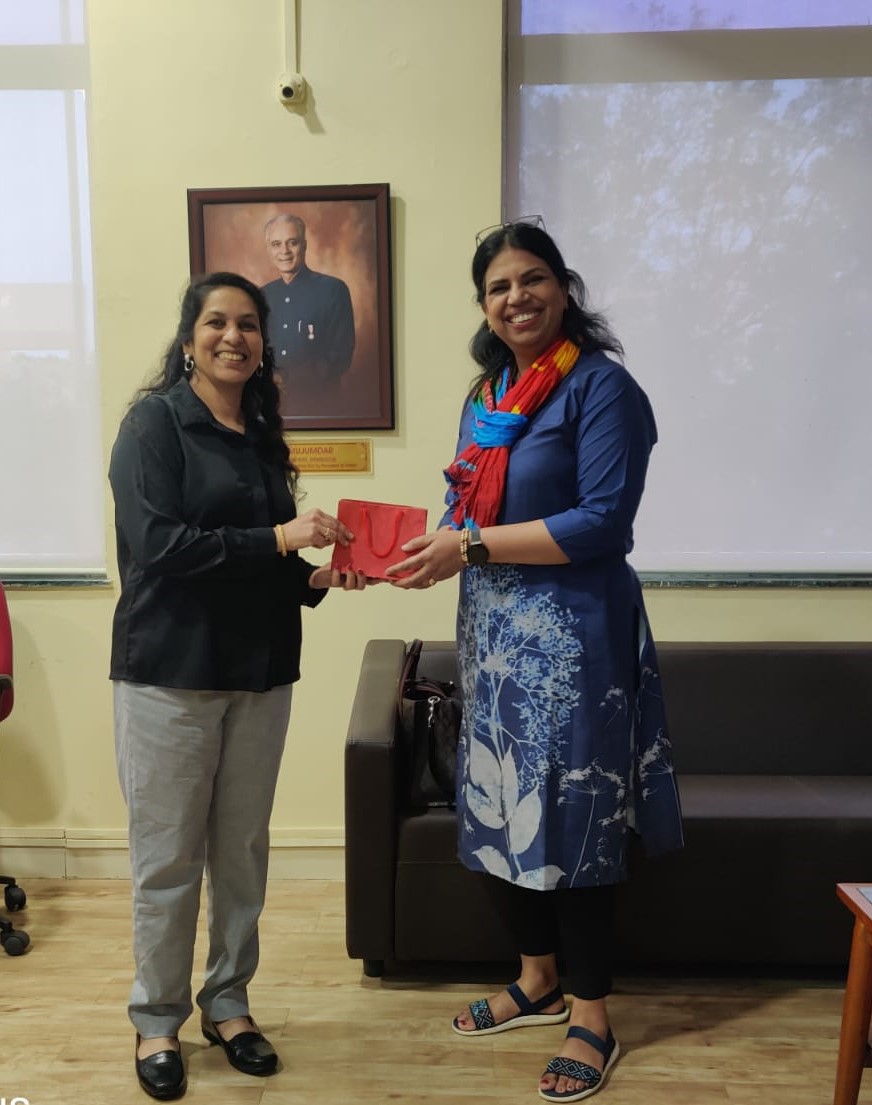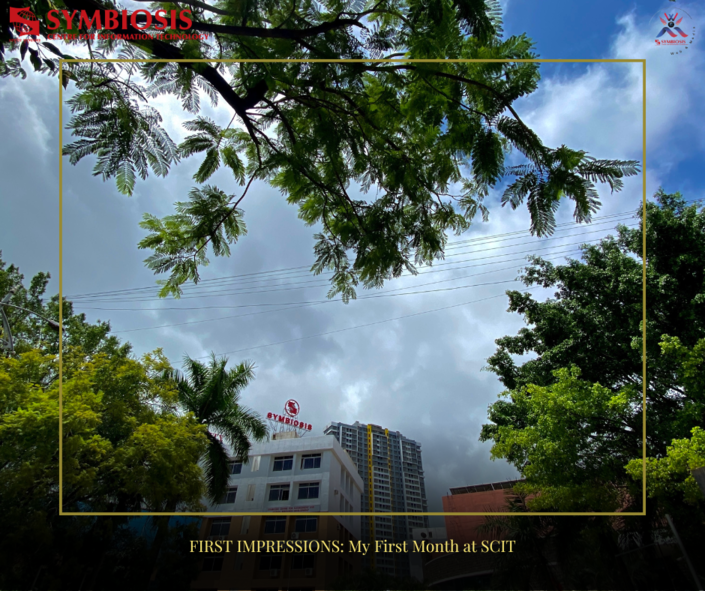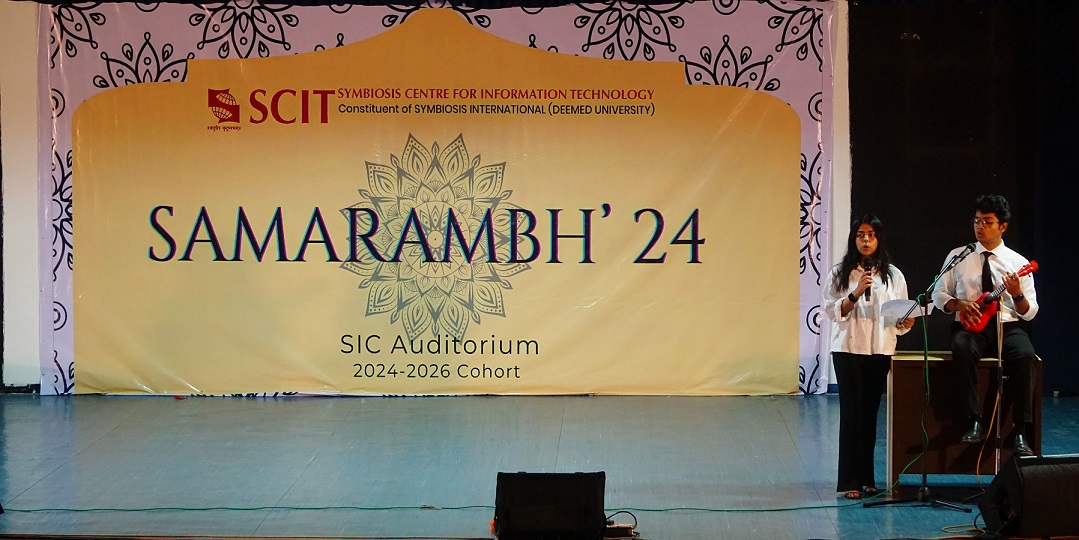Indian Politics: An Overview
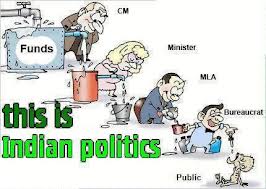
India is the second most populous country in the world after China with a population of over 1 billion. It therefore follows that politics plays a vital role in the society. The government is led by a Prime Minister, but the President has executive power and is independent of the legislature. The country has two chambers of parliament namely the Rajya Sabha and the Lok Sabha. The country has a federal system of government that is structured in a similar way to the U.S. system of government. This means that there is a central government and state governments. The federal constitutional republic has a multi-party system of government (although this is not enshrined in the constitution). The third arm of government is the judiciary, which is independent of the legislature and the executive.
Unlike the U.S., the parties in India are categorized as state-level parties and national-level parties. All parties are taken to be state parties until they are registered by the electoral commission (EC). The national-level parties participate in different elections in the country. The major national parties are the Indian National Congress or INC, which is centre-left, the Bhartiya Janata Party or BJP, which is centre-right, the Bahujan Samaj Party or BSP, which is centrist, the Nationalist Congress Party or NCP, which is centrist, the Communist Party of India or CPI, which is far-left and the Communist Party of India (Marxist) or CPI (M), which is far-left.
State political parties include the Andhra Pradesh, Lok Satta, All India Majlis-e-Ittehadul Muslimeen, Telangana Rashtra Samithi, YSR Congress Party, Arunachal Pradesh, Peoples Party of Arunachal, Assam, Asom Gana Parishad, Bodoland People’s Front, Lok Jan Shakti Party, Rashtriya Janata Dal, and Haryana Janhit Congress (BL). Others are the Indian National Lok Dal, Jammu & Kashmir, Jammu & Kashmir National Panthers Party, Jammu and Kashmir Peoples Democratic Party, Jharkhand, Jharkhand Vikas Morcha (Prajatantrik), Muslim League Kerala State Committee, Rashtriya Janata Dal, Zoram Nationalist Party, Sikkim Democratic Front, Uttar Pradesh, Samajwadi Party, and the Revolutionary Socialist Party. There are also other political organizations, commissions, and NGOs that play a major part in India’s politics.
The Indian National Congress and the Bharatiya Janata Party have been at the helm of Indian politics for many years. This has contributed positively to the country’s political stability since the country usually gets a majority government. In the recent past, there was a minority government formed by the INC following the 1991 elections. There has been some level of turmoil in the political scene whenever a minority government is formed. A case in point is between 1996 and 1998 when there was a coalition that excluded the INC and the BJP.
Although Indian democracy has been suspended once and as many as a fifth of the MPs are facing criminal charges, the sometimes chaotic political scene does not seem to be affecting the growth of the economy. Predictions are that the status quo will be maintained for the foreseeable future since the economy, the social agenda (such as the lack of homogeneity in the population) and law and order issues are moving in the positive direction.
Kuldeep Choudhary
MBA-ITBM(2013-2015)

